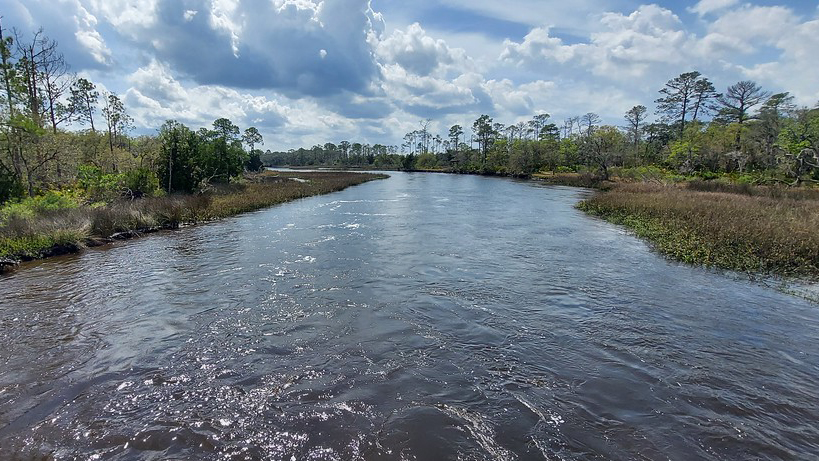
A natural getaway within the city limits of Jacksonville, Cedar Point Preserve is located on Black Hammock Island at 9023 Cedar Point Road. Home to more than 30 miles of natural surface trails, Black Hammock Island is a popular destination for nature seekers looking to get away from the hustle and bustle of the city.
Here are four eras in the barrier island’s fascinating history over its 6,000 years of civilization.
The site of a Native American village

Black Hammock Island is home to several shell middens. Shell middens, consisting of shellfish, fish and other wildlife bones, are cultural spaces left by our indigenous societies who once called the region home. People have lived on Black Hammock Island for 6,000 years. This includes the Mocama. A Timucua group, the Mocama lived in the coastal areas of what is now North Florida and Southeast Georgia. In the early 2000s, University of North Florida students discovered artifacts dating as far back as 2,500 B.C.E.
In addition, students discovered a Mocama community and the Spanish mission of Santa Cruz de Guadalquini on Black Hammock Island. Located at Cedar Point, Guadalquini was settled in 1684 after its indigenous population was forced to relocate from the south end of St. Simons Island in present-day Georgia. The community relocated to nearby Fort George Island in 1696. Slave raiders later destroyed what was left of the community on Black Hammock Island in 1702.
Home to an antebellum plantation

Over 400 acres of property at the south point of Black Hammock Island was granted to Don Guillermo “William” Fitzpatrick in 1795 by King Charles IV of Spain. At the time, this section of the island was known as Punta de las Sabinas. A native of Kingsland, Georgia, Fitzpatrick established a plantation that cultivated sea island cotton. Records show that individuals named Bounty, Safat, Solomon, Derry, Pompy, Charles, Invenif, Tim, Harriett, Fibby, Amy, Birim, Marr, Bicil, and Sophia were enslaved at the Fitzpatrick Plantation. This enslaved African labor force was also used for the production of salt boiled from seawater. Eventually, the Fitzpatrick Plantation fell into financial ruin and was sold to John P. Broward in 1848. Ultimately, the Fitzpatrick Plantation was destroyed by Union forces during the Civil War. Today, a few ruins of the Fitzpatrick Plantation house survive in the dense forest of Black Hammock Island’s Cedar Point Preserve.
A prohibition era fishing destination

A fish camp can refer to a restaurant that serves seafood and Southern comfort food or a place where people fish and camp. During the early 20th century, fish camps expanded across Northeast Florida as the region became more accessible to tourists. Cedar Point was no exception. In the 1920s, Buddy’s Fish Camp opened as a remote fishing destination located miles from civilization at the end of Cedar Point Road. Catering to a local clientele, Buddy’s was a spot where moonshine could be found during Prohibition. At Buddy’s, a fisherman could buy live bait, rent a boat on Horseshoe Creek and have their catch cleaned and fried to perfection. Buddy’s closed during the 1990s. While its buildings were razed decades ago, at low tide, pillars in the water live on as reminders of Cedar Point’s early 20th century fish camp era.
One of two national preserves in Florida

Cedar Point is a part of the Timucuan Ecological and Historic Preserve. Established in 1988 and operated by the National Park Service, the preserve is one of two in the state of Florida. Comprising 46,000 acres of wetlands, waterways and other habitats, the preserve is one of 21 protected areas of the U.S. designated as a national preserve.







